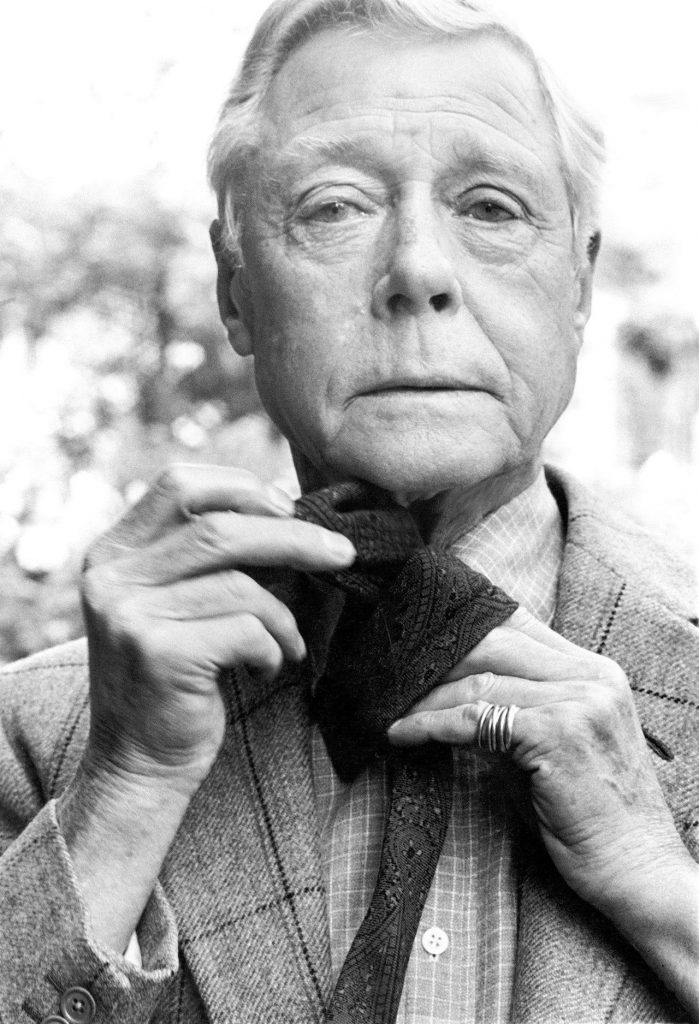
By David Burke.
Andrew Lownie will be known to many Village readers for the depth of his research into the life of Lord Louis Mountbatten and his wife, especially the former’s abuse of boys in the Republic of Ireland. During his research into Mountbatten, Lownie tried, and failed, to gain access to Garda logs showing who had visited Mountbatten at Classiebawn Castle in Sligo.
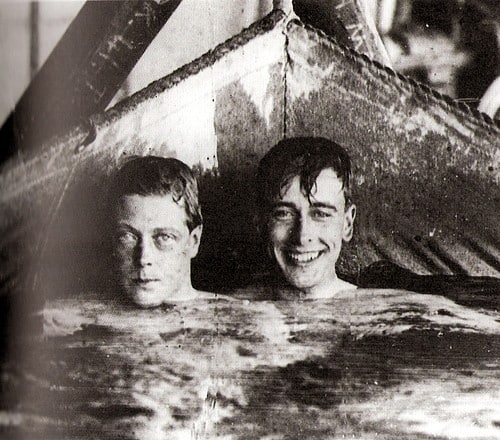
Lownie had more success earlier this year when he forced the British government to disclose some of Mountbatten’s diaries. The documents had been purchased by the British government and given to Southampton University but at some stage Whitehall had intervened to keep them under wraps.
NO TRIAL FOR TREACHERY.
In his captivating new book, Traitor King: The Scandalous Exile of the Duke and Duchess of Windsor, Lownie shreds the reputation of the Duke of Windsor, the former Edward VIII, who abdicated in 1936 so he could marry Wallis Simpson. The author confirms and elaborates on long-held suspicions that the Duke played fast and loose with the Nazi regime both before and during the Second World War.
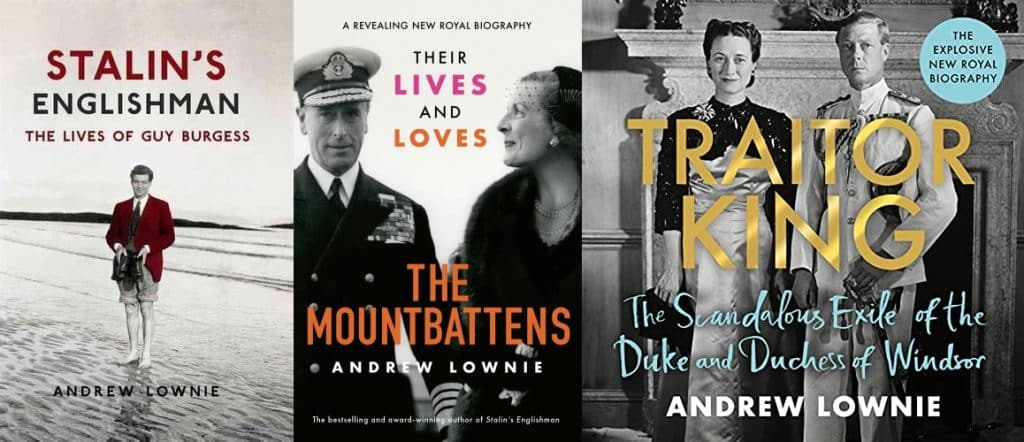
Lownie’s book describes grounds upon which the Duke could have been put on trial for treachery, so much so that the Nazis had come to view him as a potential puppet monarch, a British version of France’s Marshal Pétain.
Lownie highlights a telegram sent on 15 August 1940 from Portugal while the Duke was on his way to the Bahamas. In it the Duke asked his Portuguese host, a Nazi sympathiser, to send “a communication” as soon as his action was required. The conclusion Lownie draws is that he was complicit in a plot to instal him as a puppet ruler in Britain after a negotiated peace with Hitler.
Yet, somehow, the Duke never had to face the music. Churchill was one of a number of influential figures who prevented the post-war publication of captured German documents which detailed the Duke’s Nazi intrigues.
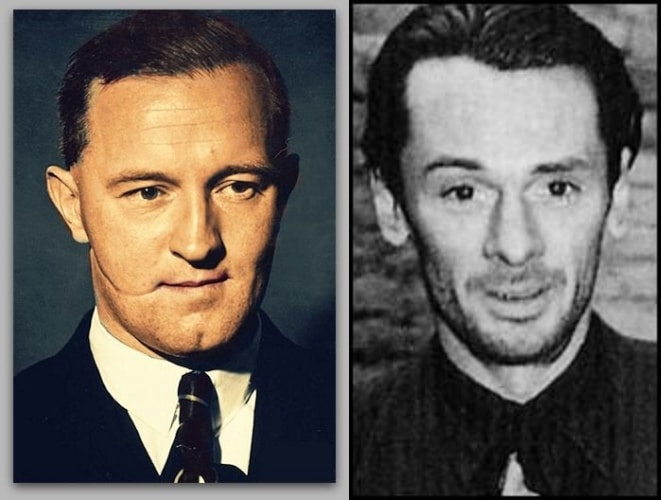
Others were not so lucky. William Joyce, better known as Lord Haw Haw, sided with the Nazis in a very public way during the Second World War by becoming the voice of Nazi propaganda radio broadcasts to England. Despite the fact Joyce hailed from Galway, he was hauled back to England and executed for treason. John Amery was also executed. His father Leo was a Tory MP and minister. His brother Julian would marry the daughter of Prime Minister Harold Macmillan and go on to hold a number of government ministerial positions. None of these connections were sufficient to save the life of John Amery.
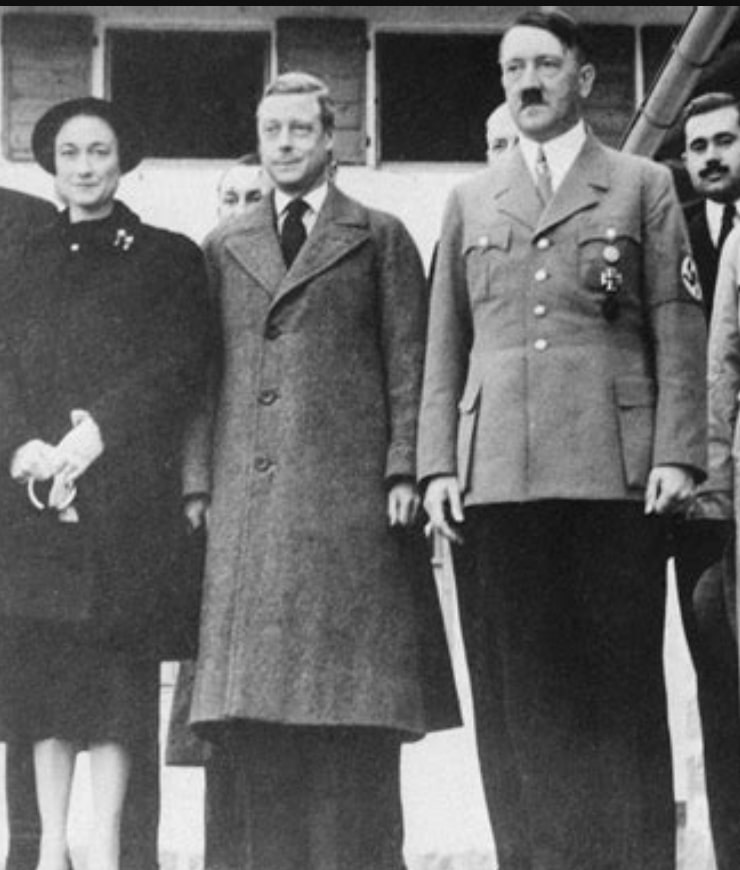
THE MI5 TRAITOR WITH LINKS TO IRELAND WHO KNEW ABOUT THE DUKE’S TREACHERY.

The Duke’s treachery had ramifications for Ireland. After the war ended, an MI5 officer called Anthony Blunt was sent to Germany to retrieve some of the embarrassing correspondence that had passed between the Duke and the Nazis. Blunt remained in MI5 while also serving as the Keeper of the King’s Pictures at Buckingham Palace.
When it belatedly emerged that he had been working for the Russians while in MI5, his knowledge about the Nazi correspondence played a part in saving him from prosecution. By then he was the Keeper of the Queen’s pictures, a job he was able to retain notwithstanding his treachery.
As part of a secret immunity deal he struck in 1964 with the Government, Blunt was granted an amnesty for all the crimes he had committed. These included the abuse of children ensnared by the Anglo-Irish vice ring of which the Duke’s relative Mountbatten was a leading member. Had Blunt been prosecuted, it is conceivable that his role in the abuse of children in Ireland might have emerged much earlier and the activities of the vice ring shut down.
Part of the passage in Lownie’s book relating to Blunt’s mission to Germany reads as follows:
In 1979, Blunt was publicly revealed to have been a Russian spy since the 1930s, though he had privately confessed to the intelligence services in 1964. The MI5 officer Peter Wright, who interrogated him, was informed by the Queen’s private secretary, Sir Michael Adeane, that Blunt had undertaken an “assignment … on behalf of the Palace – a visit to Germany”. Wright was told not to “pursue the matter…Strictly speaking it is not relevant to considerations of national security”,
It looks like the trip [by Blunt] to Kronberg [in Germany] was a cover for a fishing expedition, which suggests that there was something else the Royal Family was worried about. “George VI had every reason to believe that the Hesse archives might contain a “Windsor file”, because Prince Philip of Hesse had been an intermediary, via the Duke of Kent, between Hitler and the Duke of Windsor”, claimed Prince Wolfgang of Hesse to the Sunday Times.
It was a belief supported by the wartime intelligence officer Hugh Trevor-Roper, later Regius Professor of Modern History at Oxford University. It is confirmed by Andrew Sinclair, who spent eighteen months researching a biography of Vicky, The Other Victoria, who wrote that Blunt had retrieved “the Duke of Windsor’s correspondence with his German princely cousins, some of whom held high office in the Nazi party”.
John Loftus, a lawyer with the US Justice Department, interviewed two former US military intelligence officers .. attached to General Patton’s forces, who confirmed that they had seen references to communications between the Duke of Windsor and Hitler. The documents had been found in a “villa that was owned by a close relative of the Duke which was occupied as an American officer’s club.”
There can be little doubt that Blunt provided a report about – if not copies of – the Royal correspondence to Moscow.
Ironically, Vladimir Putin and his circle would have ready access to them whereas British politicians would be turned away from Buckingham Palace if they made inquiries about the fate of the originals.
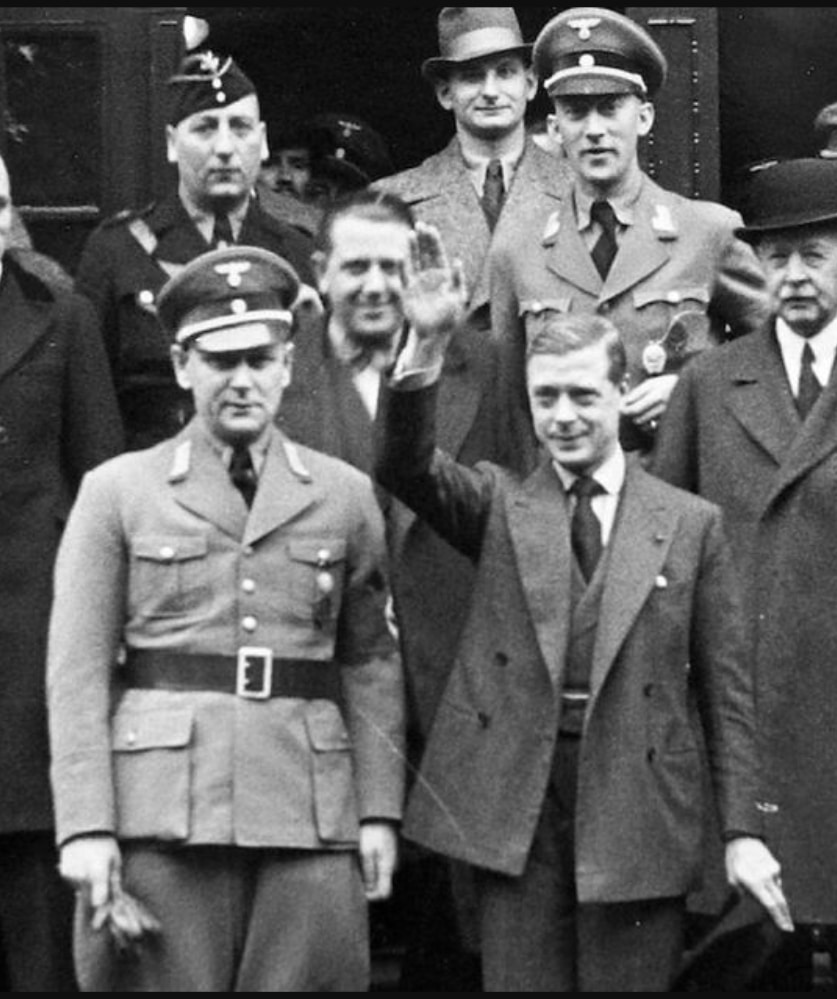
A HOME IN IRELAND.
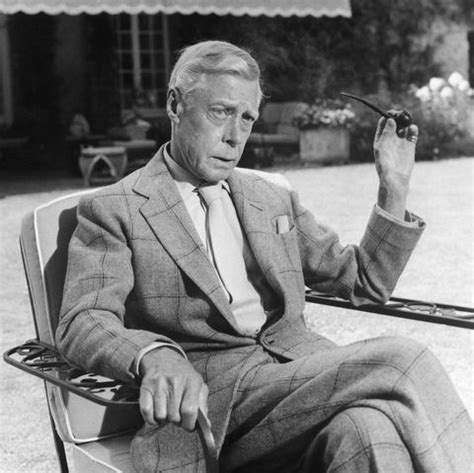
There is an intriguing Irish angle to the book. After the war the Duke and Duchess failed to settle down in any country for a number of years. Lownie describes how:
Concerned by radical leftist governments in France, the Windsors now thought of moving to Switzerland or Ireland – Kenneth de Courcy was brought in to take soundings with the Irish president, Eamon de Valera ..
Kenneth de Courcy was a wealthy Irishman born in Galway in 1909. He was also part of the British establishment which favoured appeasement with Nazi Germany in order to preserve the British Empire. His wife, Rosemary Catherine Baker was also from Ireland. Suffice it to say, the Windsors did not move to Ireland.
There is an ironic symmetry here. Like the Duke, de Valera had been prepared to play charades with both the Allies and Nazis during the war. He had permitted the establishment of a German diplomatic legation on Irish soil while secretly MI5 officers visited Dublin. The men from MI5 helped his administration set up an intelligence apparatus to watch the Germans. When Hitler died in 1945, de Valera infamously signed the book of condolences opened by the Nazi Legation in Dublin. By this time, the world knew about the horrors that had been perpetrated at Nazi concentration camps. The torture and murder of millions did not deter de Valera from signing the book on behalf of the Irish Nation.
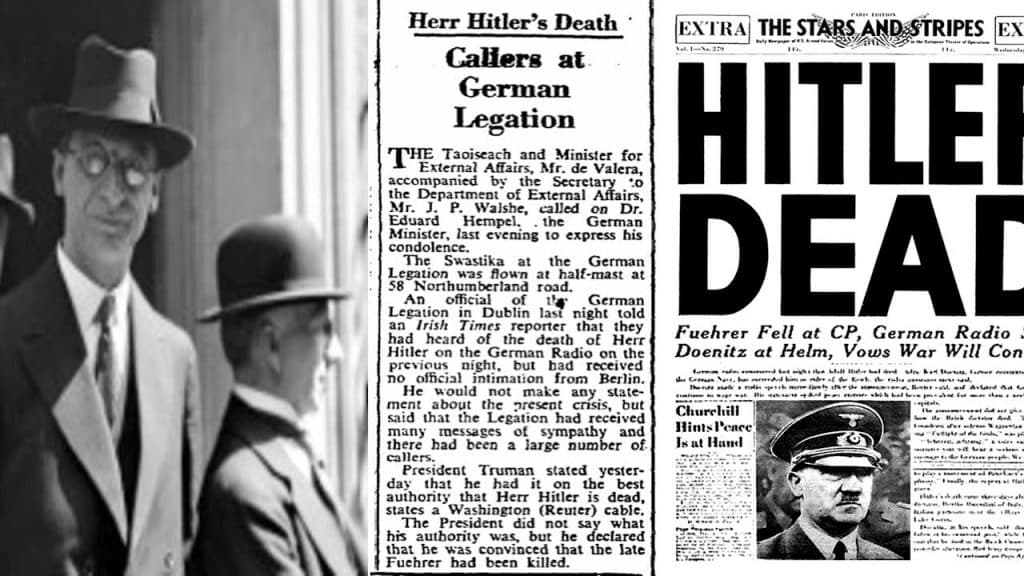
Perhaps the Duke felt he might have been safer in Ireland with someone like de Valera at the helm. Moreover, he must have been quite desperate for a refuge as there were plenty of former and serving IRA gunmen who would have relished the opportunity to assassinate him. Would he have met the same fate as Louis Mountbatten who was killed in Sligo in August 1979?
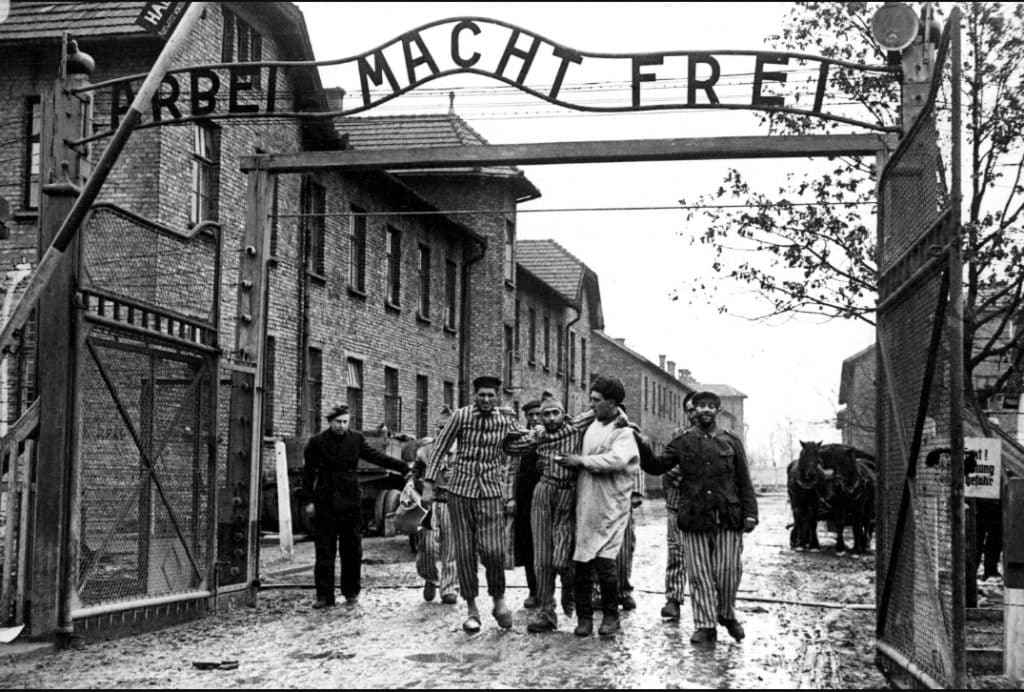
A VACUOUS EXISTENCE.
Lownie takes his readers on a fascinating journey through the debauched, greedy and vacuous existence that became the Duke’s life after his abdication. Although he had stepped down to marry Wallis Simpson, she became bored with him and took several lovers, including the bi-sexual Irish-American playboy, Jimmy Donahue.
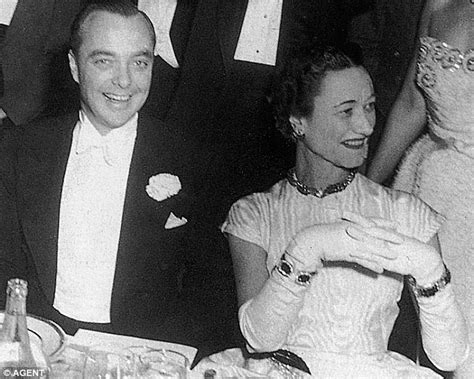
Lownie makes the case the Duke was bisexual. One source, Nicky Haslam, alleged: “The Duke was certainly gay. I know that for a fact”.
Overall, the only conclusion to be drawn from Lownie’s brilliant work is that the Duke frittered away his life. He achieved little or nothing. The best that can be said of him is that he had a sense of style. Part of his wardrobe was purchased after his death in 1972 by the dapper drummer of the Rolling Stones, Charlie Watts. Perhaps that is the height of the Duke’s achievement: he knew a nice jacket when he saw it.
Perhaps that is the height of the Duke’s achievement: he knew a nice jacket when he saw it.

WHAT NEXT FOR MR. LOWNIE?
Andrew Lownie is contemplating a biography of Prince Philip or possibly his son Andrew. One imagines Buckingham Palace is not well pleased at either prospect.
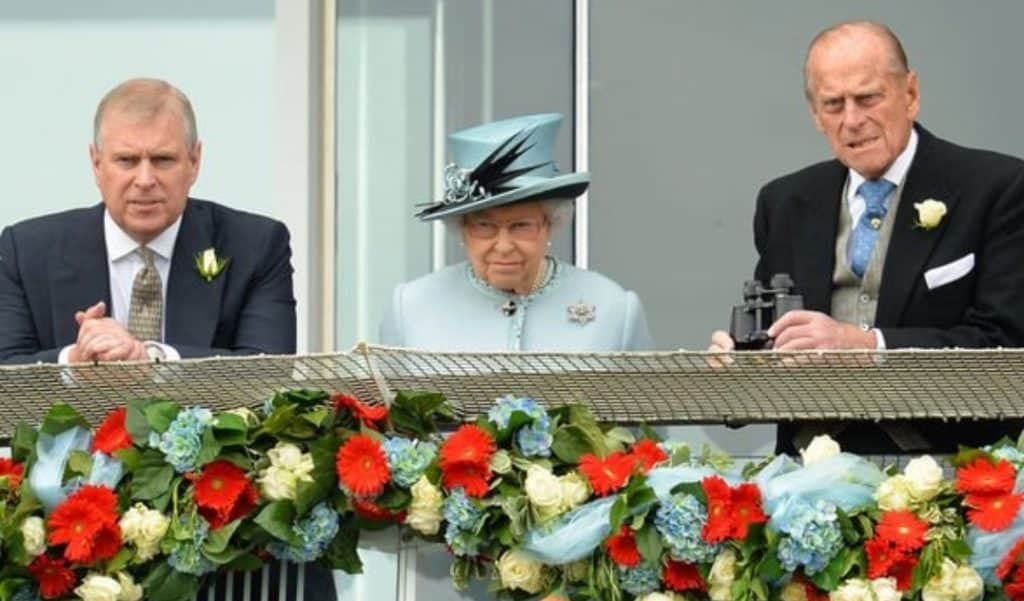
A review of Lownie’s biography of the MI5 traitor Guy Burgess can be found here: Stalin’s Englishman On Trial in Ireland
And: The Mystery of the Missing Mountbatten Diaries